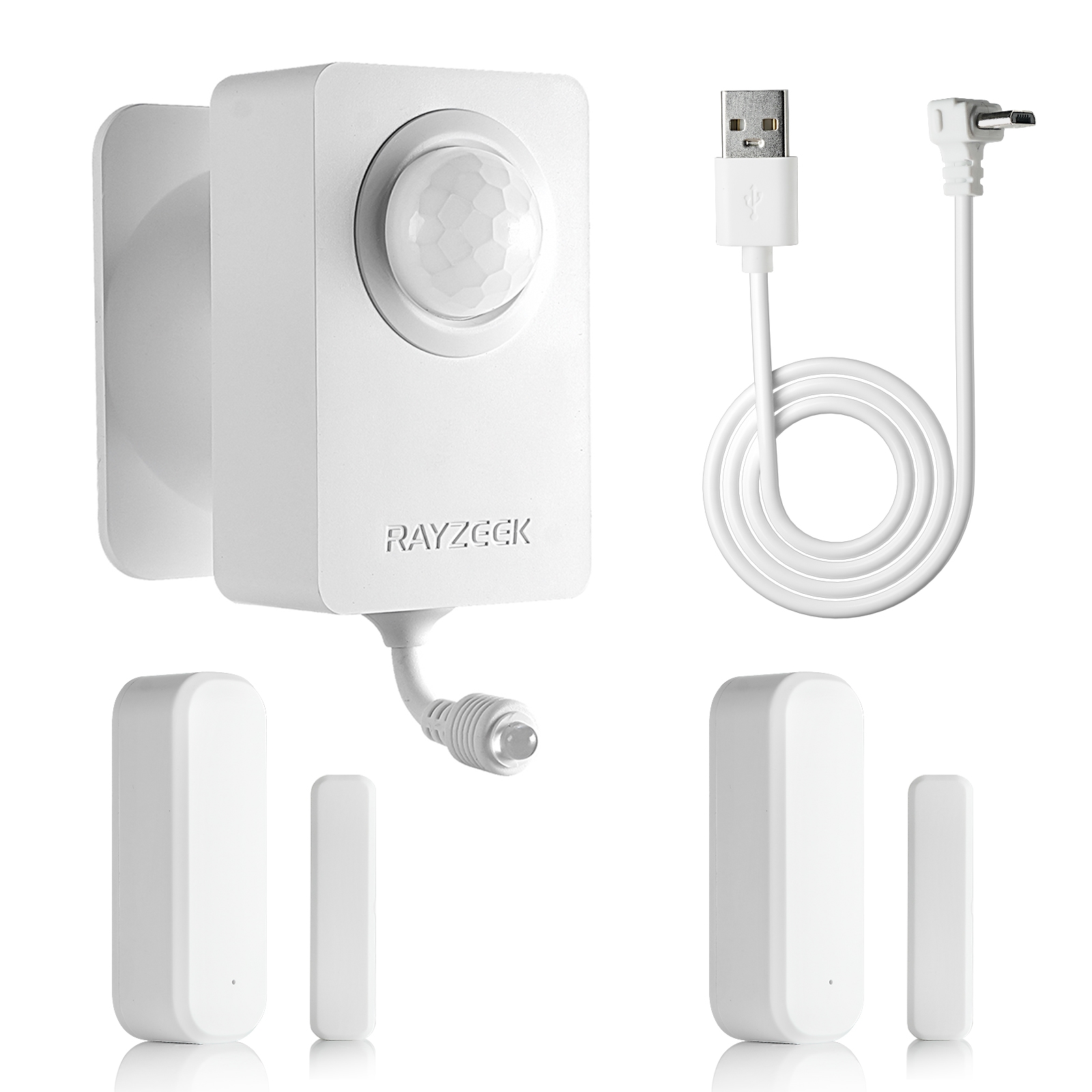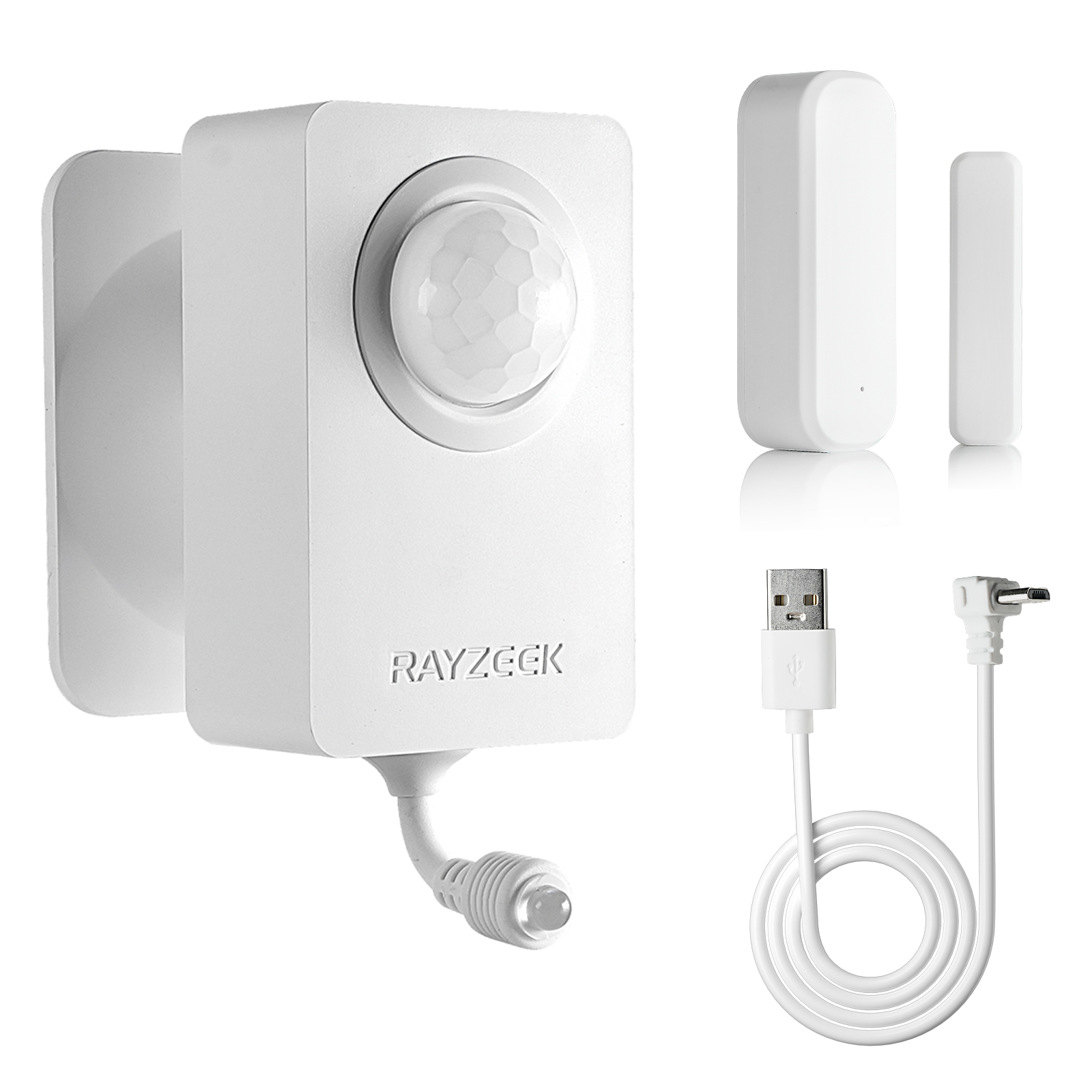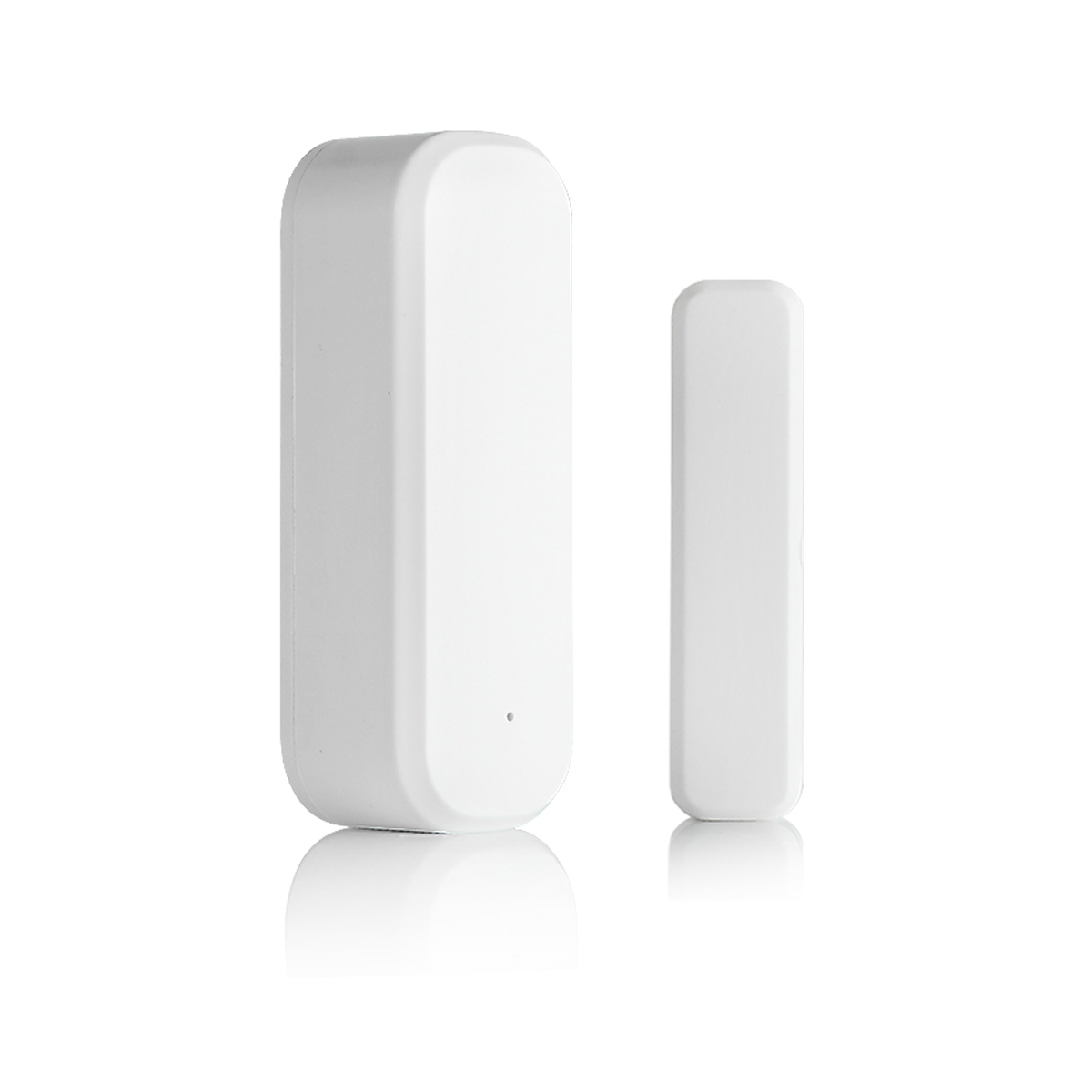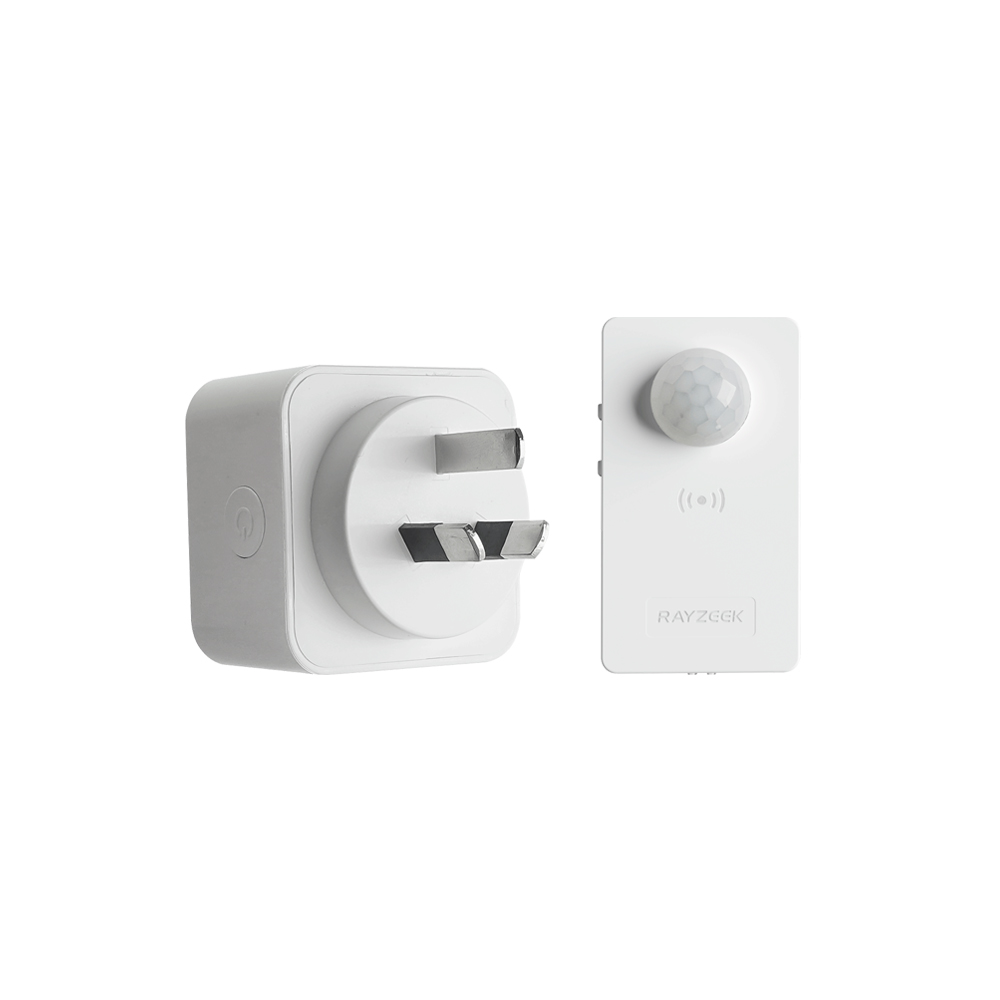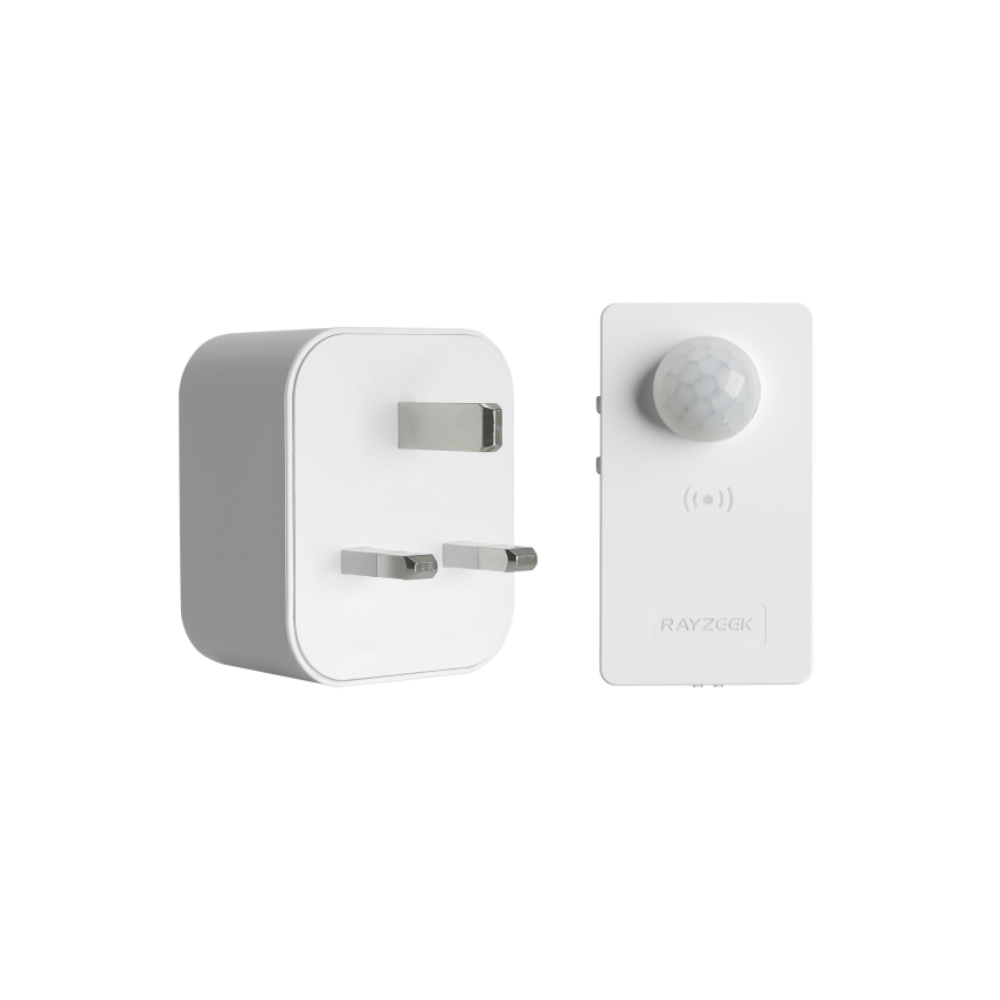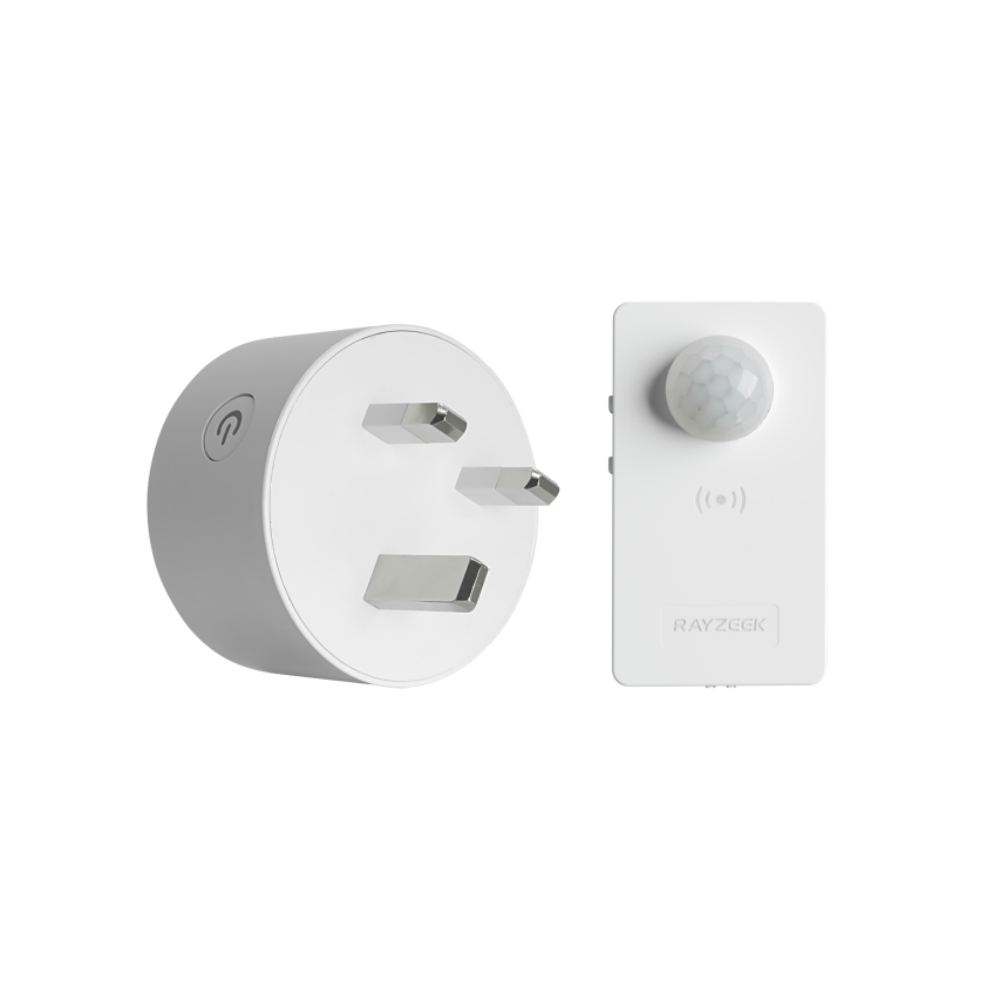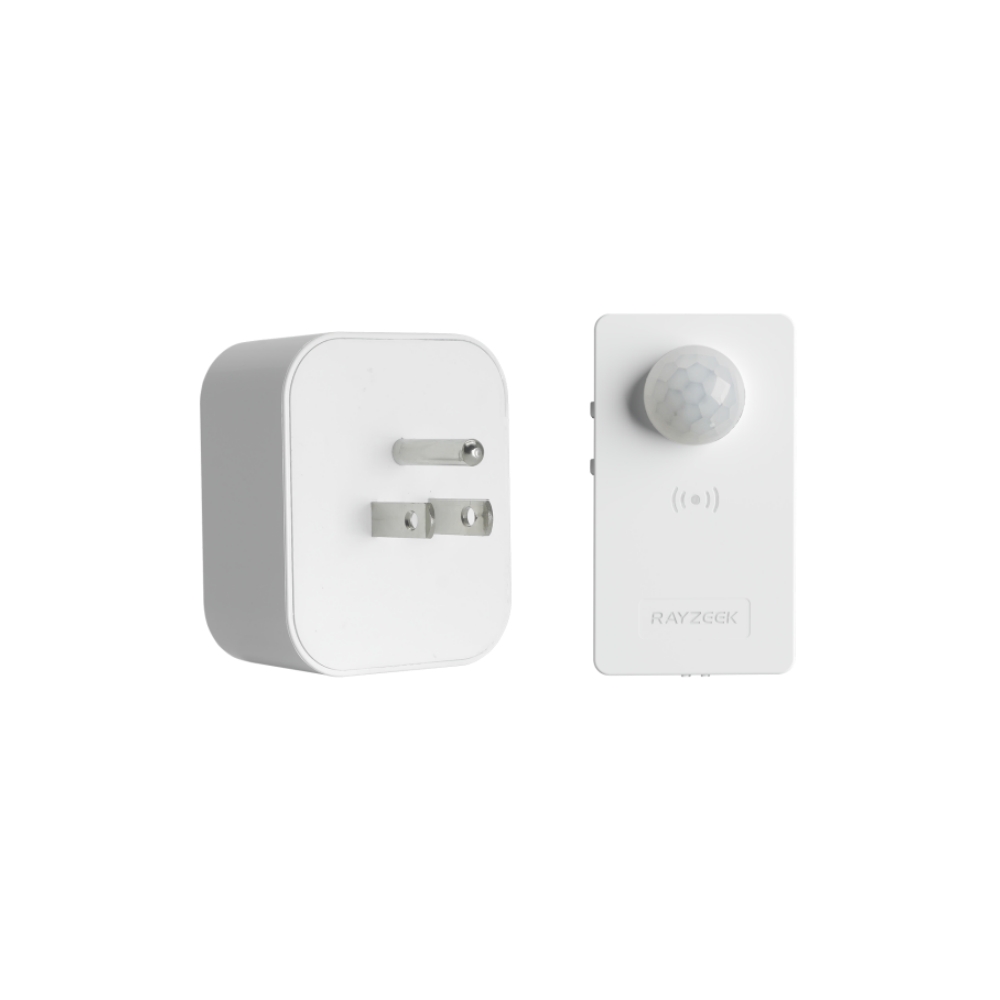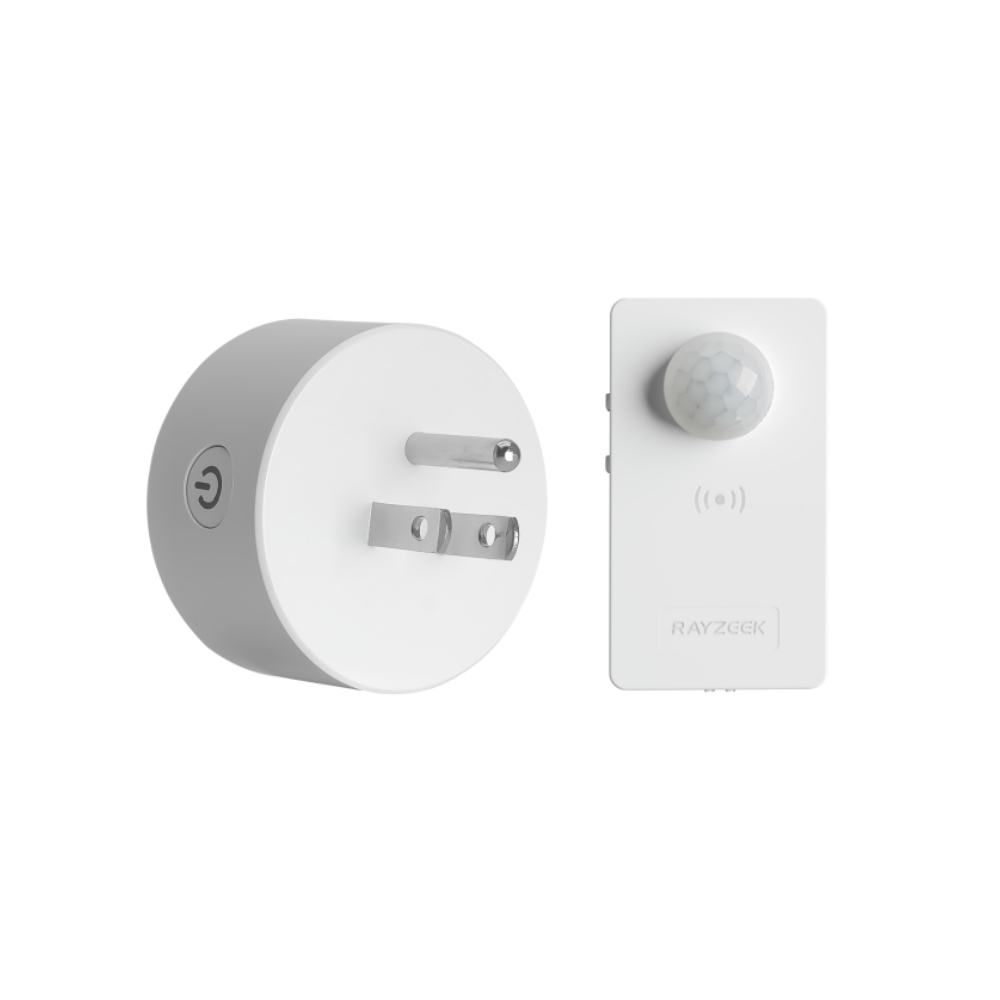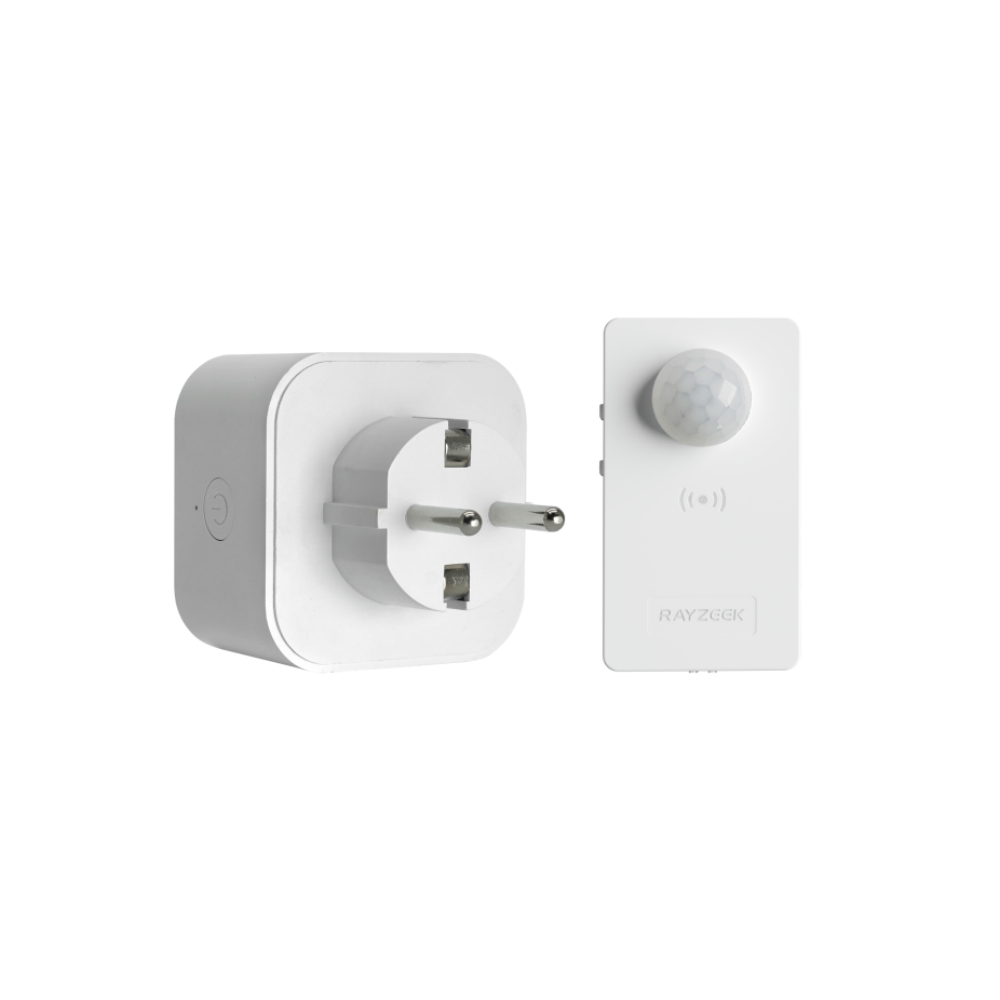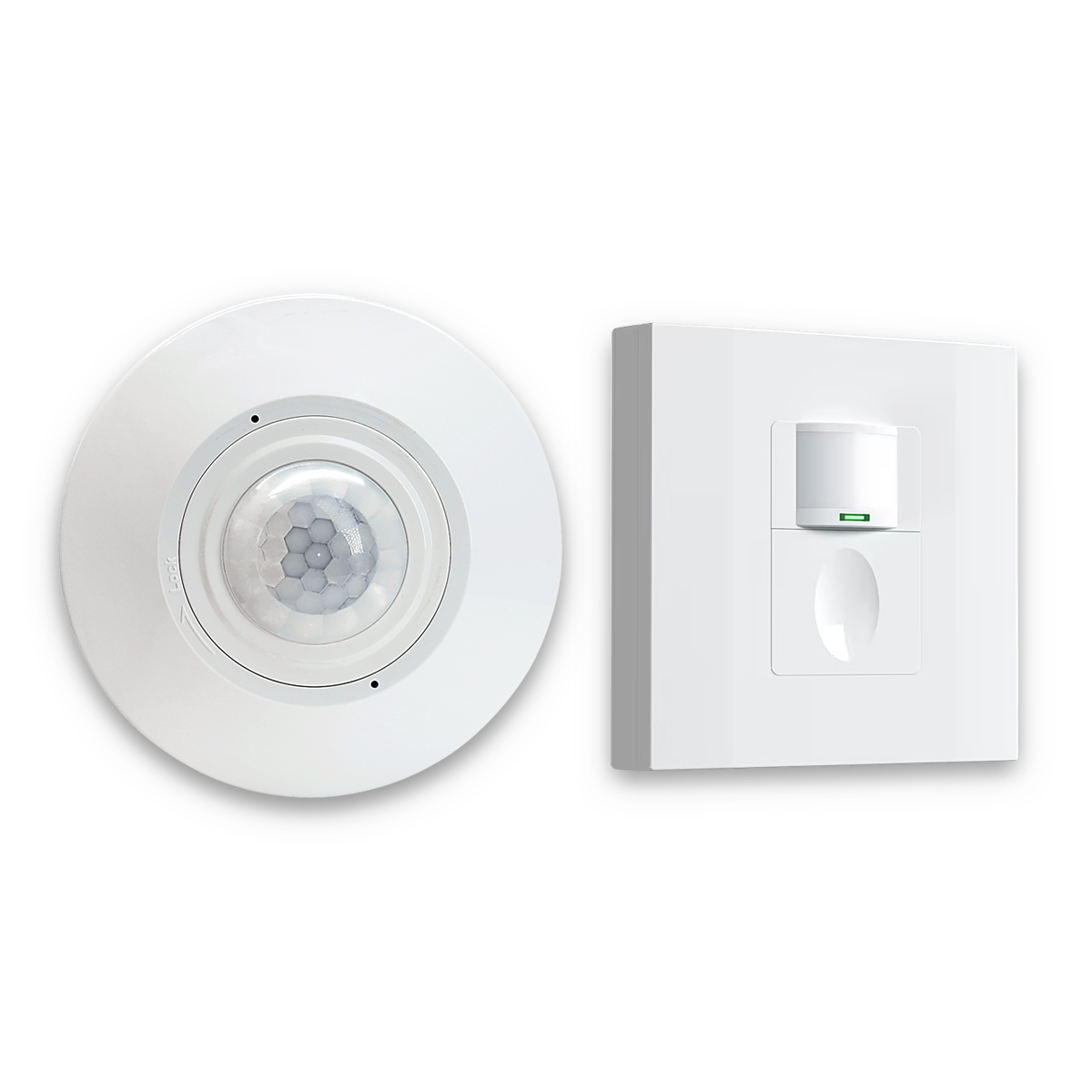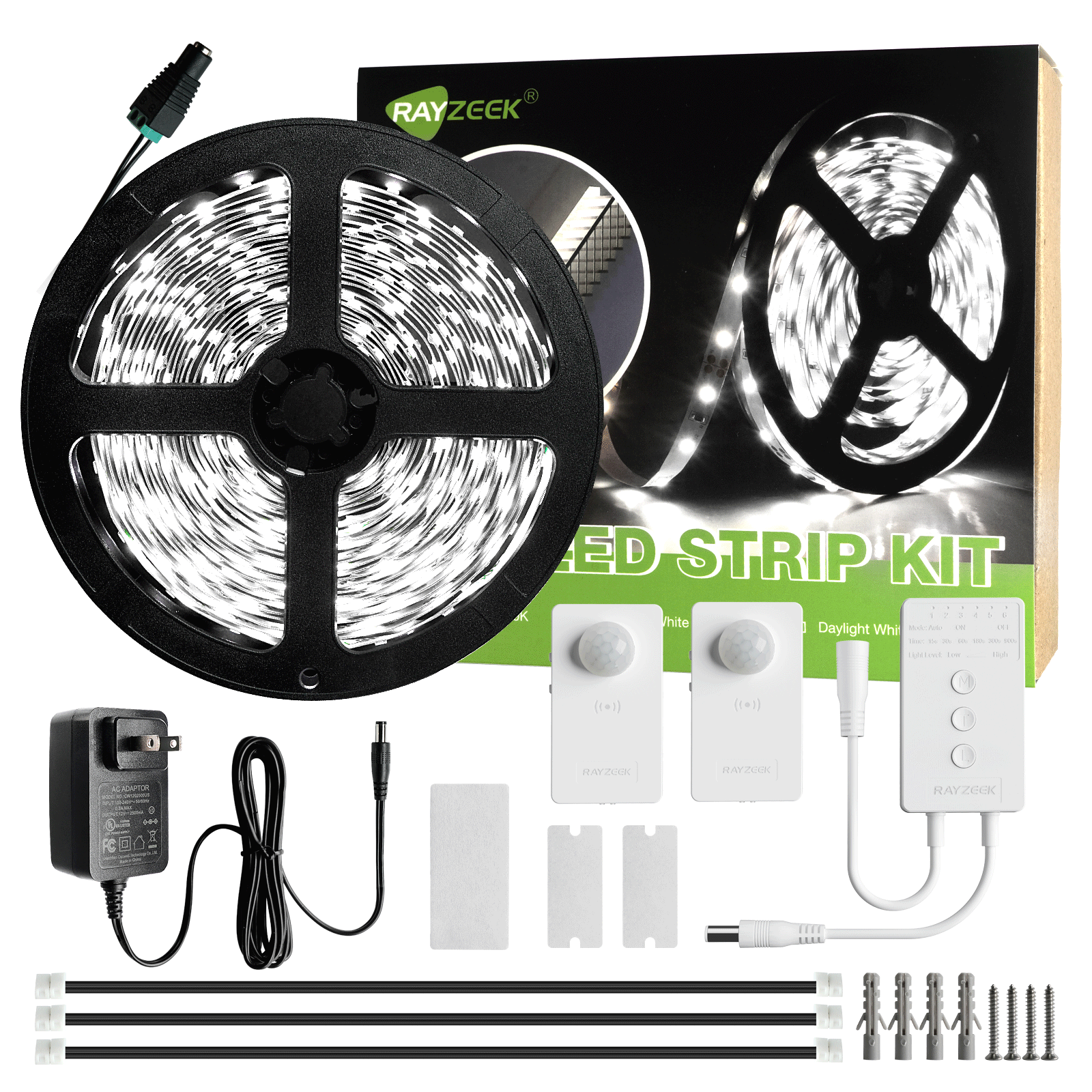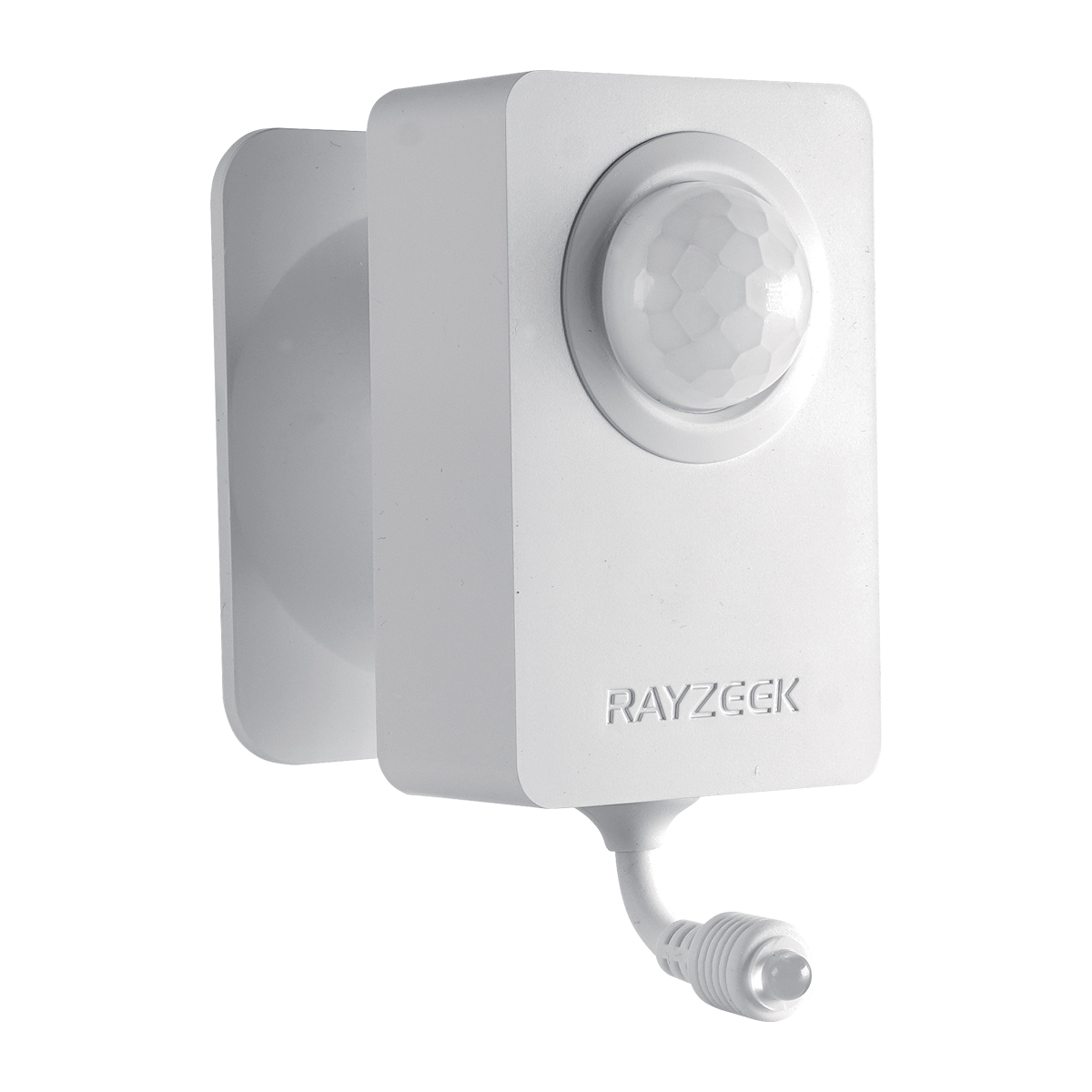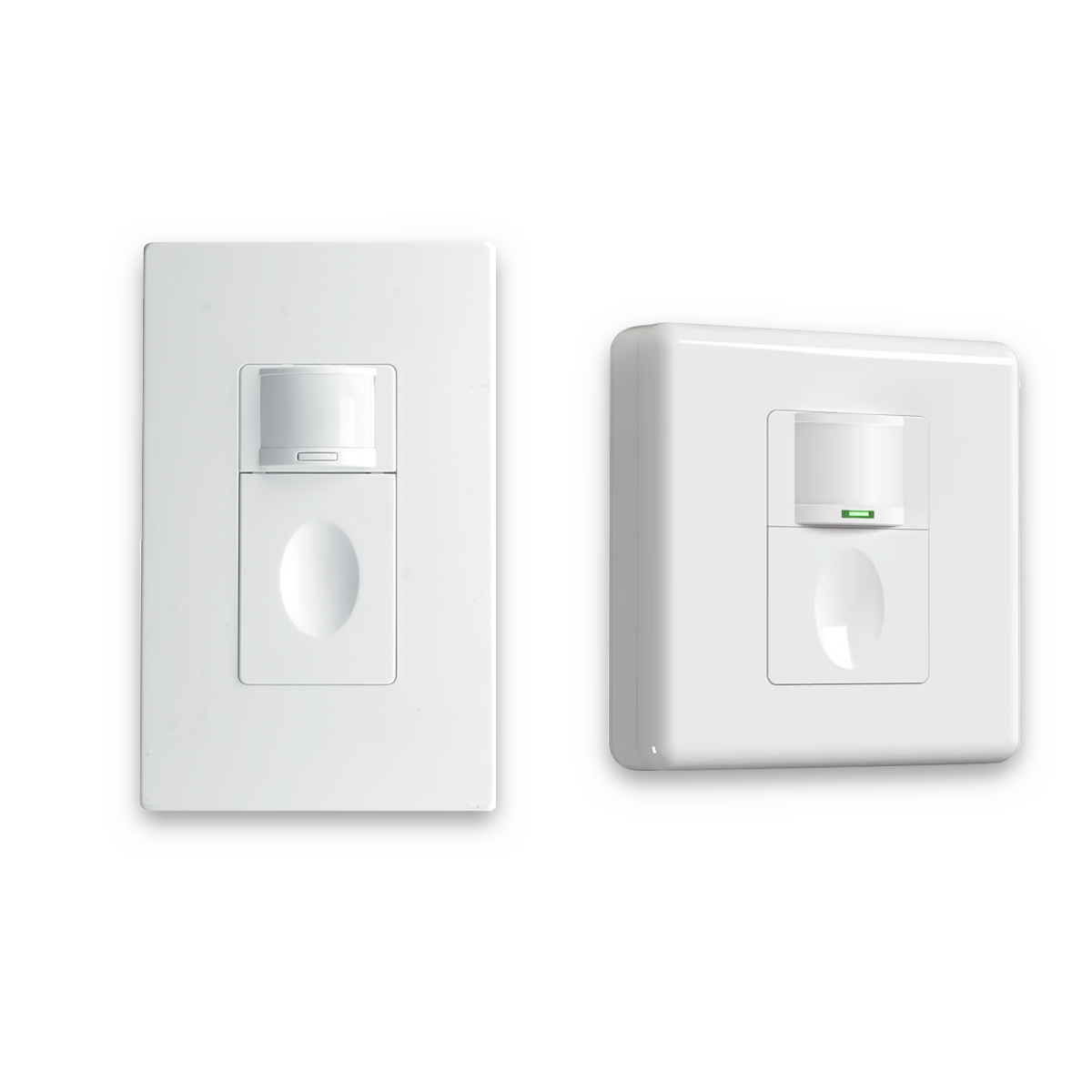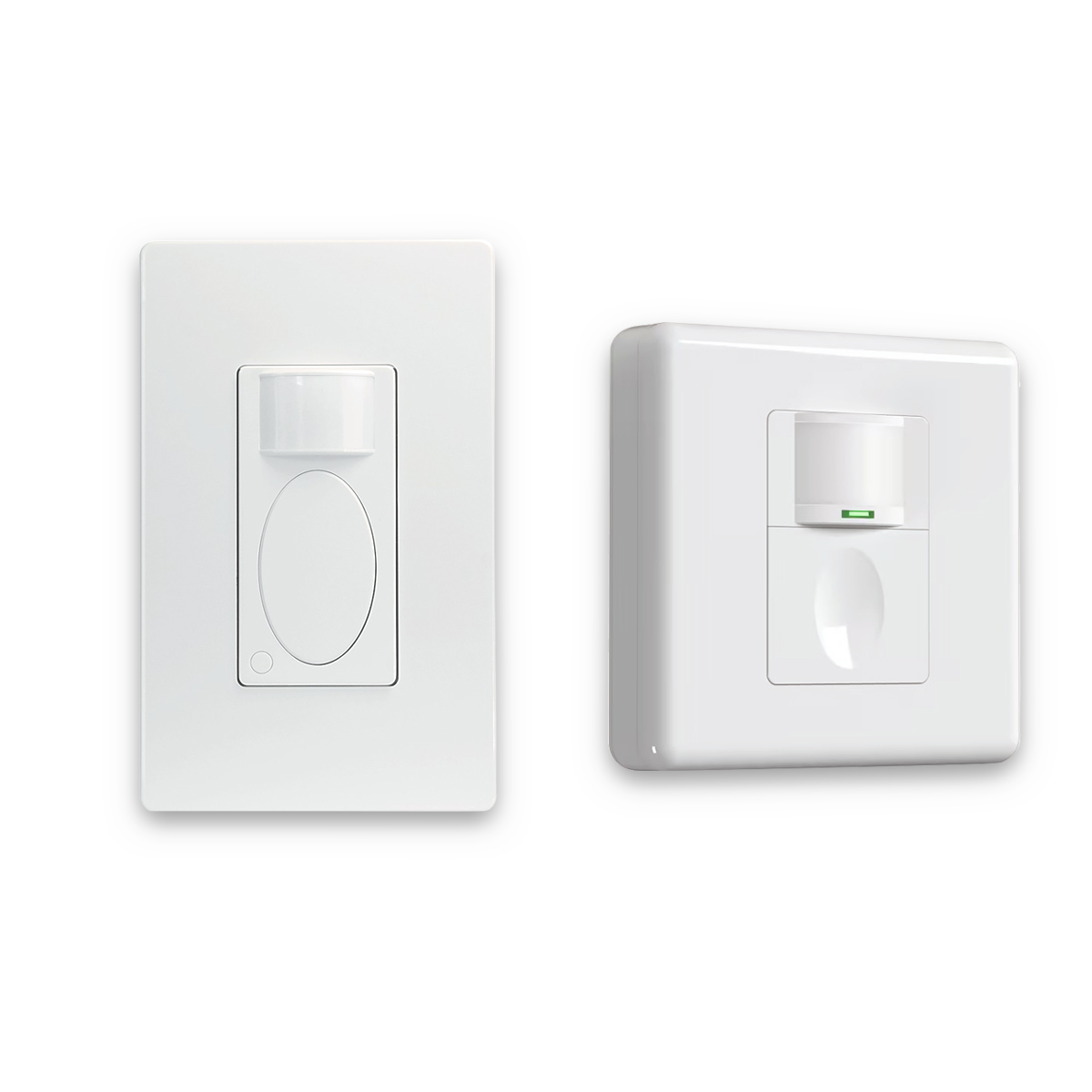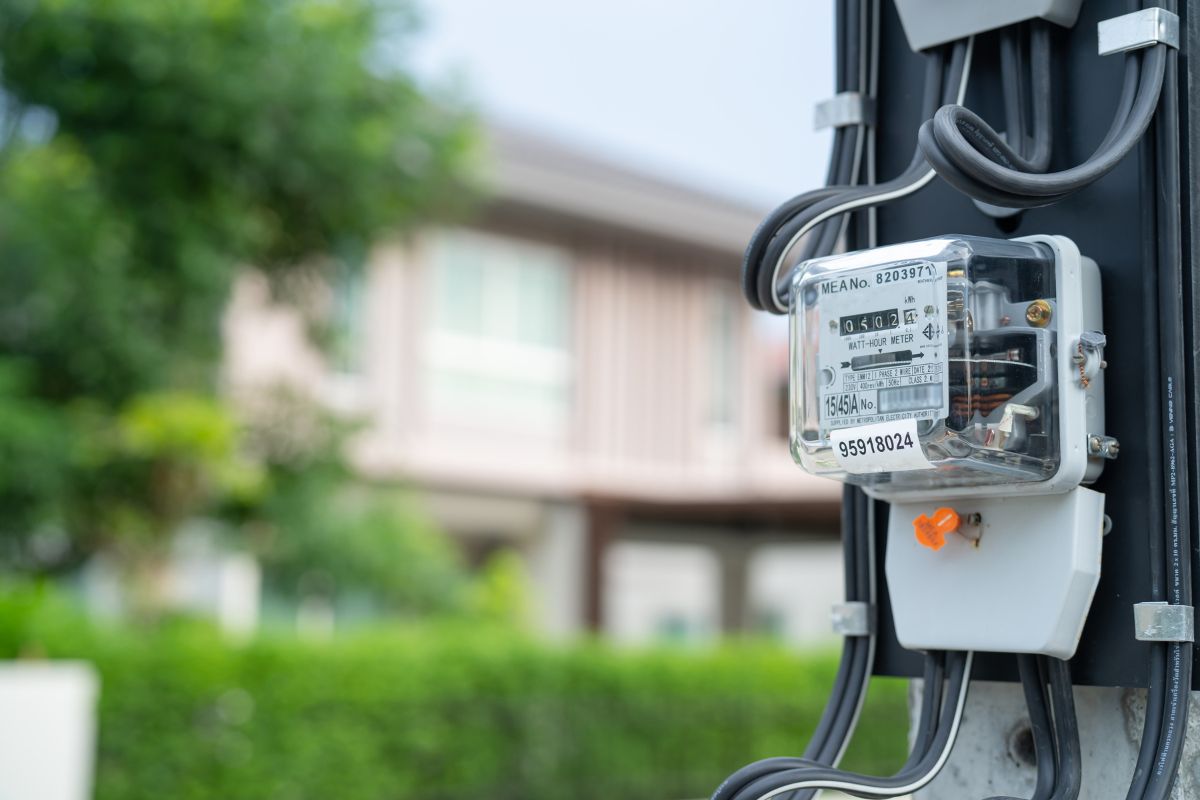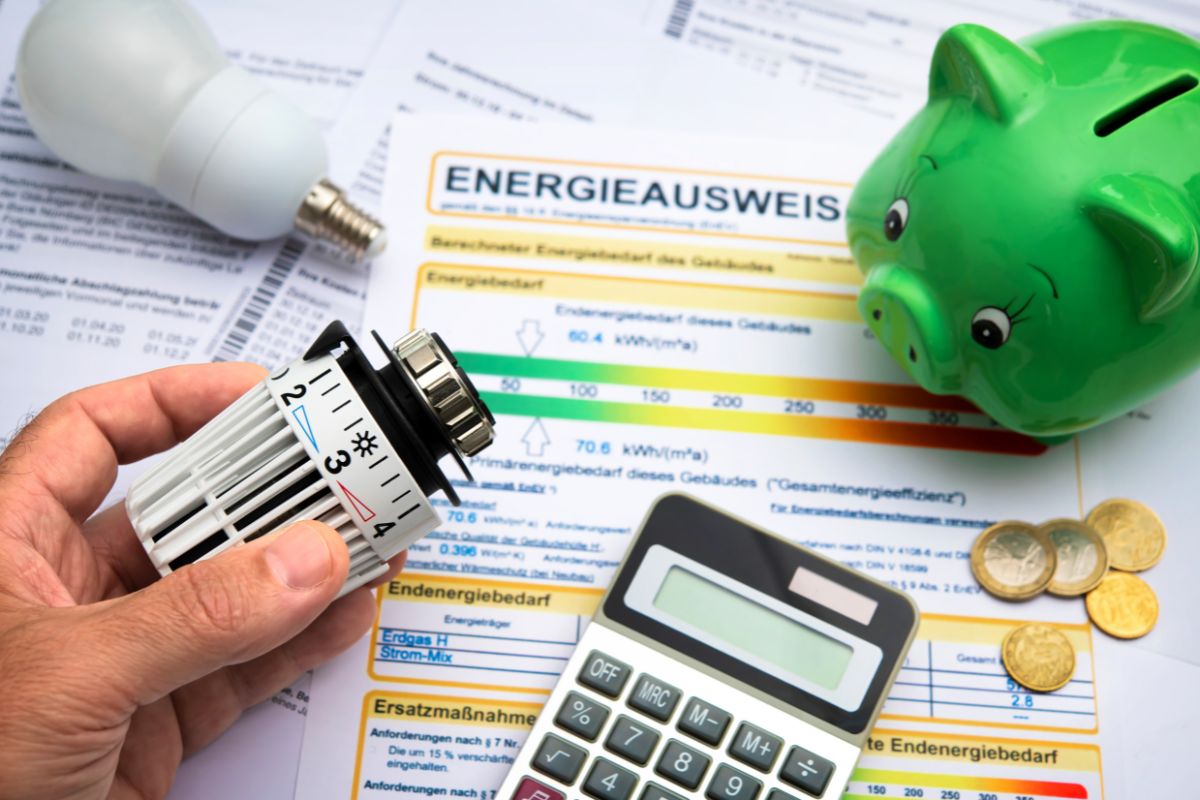What is LED Chip
An LED chip, also known as an LED die, is a small semiconductor device that serves as the core component of an LED. It is responsible for converting electrical energy into light. The LED chip is made up of a semiconductor material, typically gallium arsenide (GaAs) or gallium nitride (GaN), which has been doped with impurities to create the desired electrical properties.
Looking For Motion-Activated Energy-Saving Solutions?
Contact us for complete PIR motion sensors, motion-activated energy-saving products, motion sensor switches, and Occupancy/Vacancy commercial solutions.
When an electric current is applied to the LED chip, it passes through a PN junction, which is formed by combining two different types of semiconducting materials. At the PN junction, electrons and holes recombine, releasing energy in the form of photons, which are particles of light. This process is known as electroluminescence.
LED chips come in various colors, including red, green, blue, and white. The color of the light emitted by an LED chip is determined by the materials used in the PN junction. For example, blue LED chips are commonly used in combination with yellow phosphors to produce white light. These chips are typically mounted onto a substrate, such as a PCB, and then encapsulated in a protective housing or package. The package not only protects the LED chip from physical and chemical damage but also provides mechanical, electrical, thermal, and optical support.
Maybe You Are Interested In
LED chips determine the quality and performance of LED lighting systems. Factors such as brightness, color accuracy, and efficiency are evaluated when judging the quality of an LED chip. Additionally, LED chips can be classified based on various factors, including usage, color, shape, and size.


